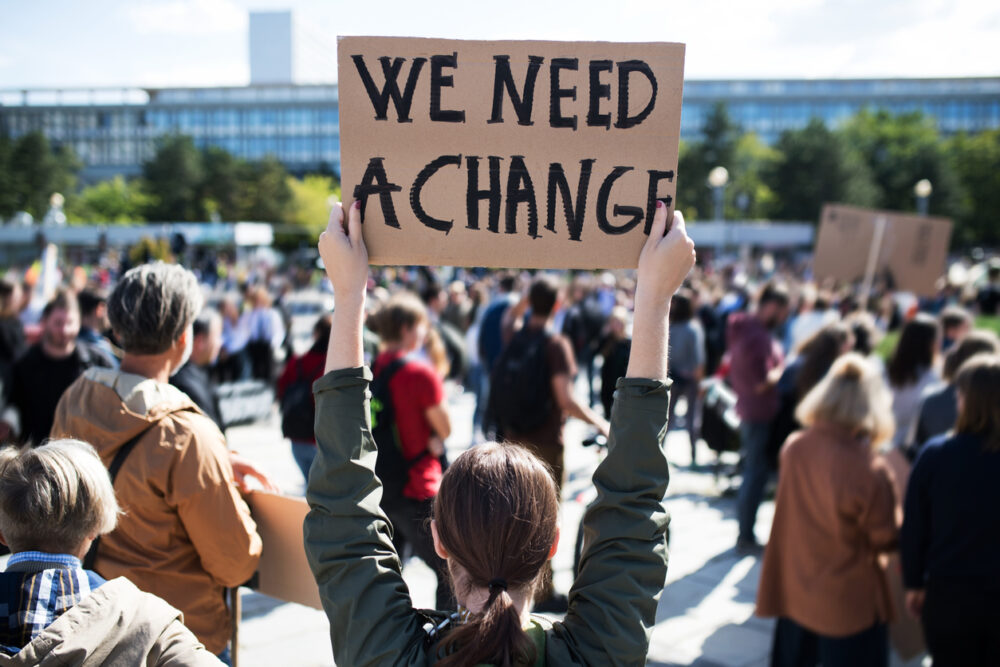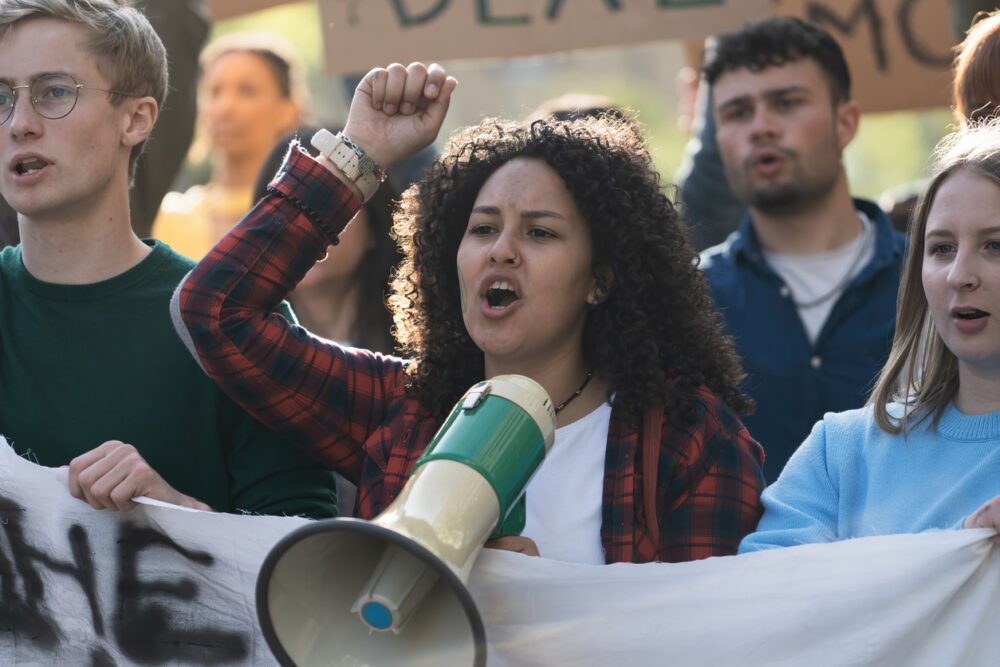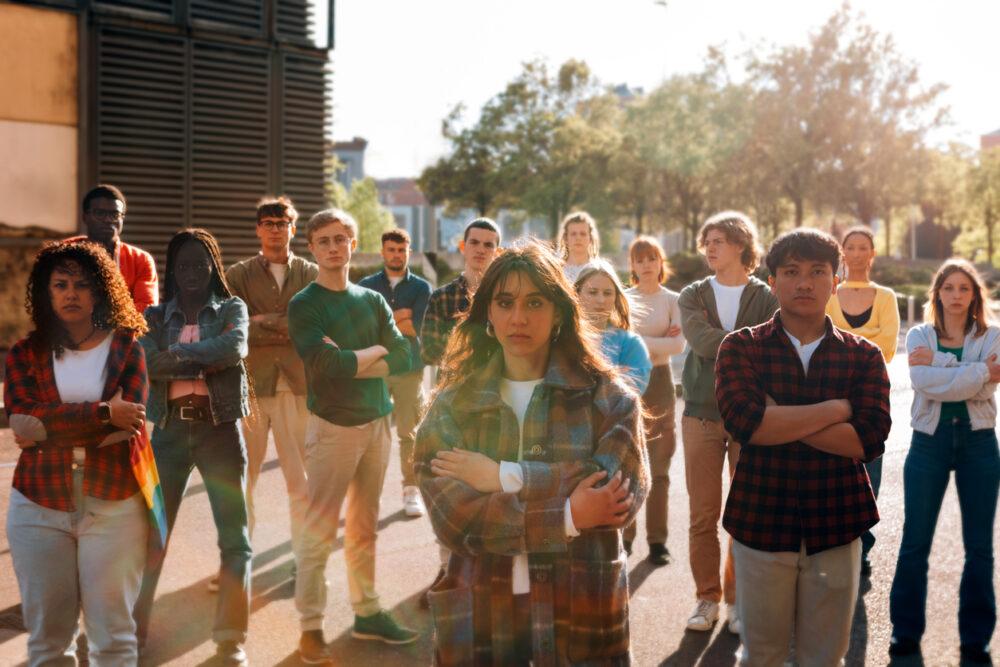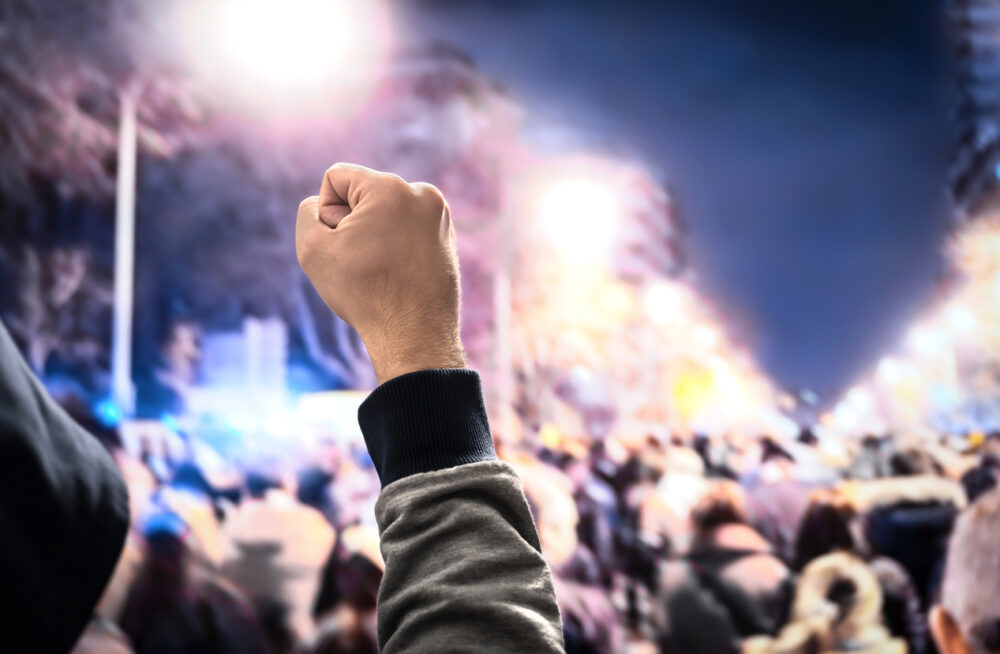These workplaces prove that fair treatment and strong unions can go hand in hand.

Union wins don’t always make headlines, but they’ve quietly transformed the lives of thousands of workers across America. In an era where many feel overworked and underpaid, some workplaces stand out for how they’ve used union power to achieve real, measurable success—not just in wages, but in respect, safety, and stability. These stories are more than feel-good victories; they’re blueprints for what’s possible when employees have a collective voice that management has to listen to.
Union strength isn’t about creating conflict—it’s about creating fairness. In these ten workplaces, organized labor didn’t just negotiate better contracts. It changed the culture, gave workers agency, and reminded employers that people aren’t disposable. The stories span industries—from education and healthcare to retail and media—but they share a common thread: when workers show up for each other, they win. If you’ve ever doubted what a union can do, these examples will change your mind.
1. UPS drivers raised the bar on wages and summer heat protection.

United Parcel Service workers made waves with their recent contract victory, securing major improvements that set a new standard for delivery jobs across the country. The most talked-about win? Air conditioning in delivery trucks—a long-overdue safety measure that drivers had been fighting to secure for years as summer heat became increasingly dangerous, according to Sonali Kolhatkar at Yes Magazine. But the real power of the win went far beyond cooling systems.
Their new Teamsters-negotiated contract also included significant pay raises, stronger protections against excessive overtime, and more predictable schedules. For part-timers, the deal raised wages and made the path to full-time work clearer and fairer. This wasn’t just a win for one company’s workers—it reshaped expectations for what delivery drivers should receive industry-wide. UPS didn’t give this away; workers organized, stood together, and refused to settle for less. The result? A tangible example of what union leverage looks like in 2025.
2. Starbucks baristas are rewriting the rules of service industry organizing.

No one expected a group of coffee shop employees to ignite one of the most significant labor movements in recent memory, but that’s exactly what happened. Starting in Buffalo, New York, Starbucks baristas launched a union push that quickly spread nationwide, as reported by Kaytlyn Smith at Business.com. Young, diverse, and unapologetically vocal, these workers proved that the service industry was ready to demand better—and that unions weren’t just for factories anymore.
Though the company pushed back hard, workers kept winning elections, and the fight drew attention to issues like inconsistent scheduling, low pay, and burnout. These baristas showed that solidarity could thrive in high-turnover, low-wage environments where unions were once thought impossible. Even in the face of aggressive corporate resistance, their movement gained steam, setting a powerful precedent for retail workers everywhere. Their message was clear: being treated with dignity isn’t too much to ask—even when you’re wearing an apron.
3. Teachers in Los Angeles showed what a modern strike can achieve.

When Los Angeles public school teachers walked out in 2019, it wasn’t just about their paychecks. They fought for smaller class sizes, more nurses and counselors, and better learning conditions for students—proving that union action could align worker needs with community values, as stated by Alex Capulto-Pearl at In These Times. Their strike inspired educators across the country and reframed the conversation about what it means to advocate for public education.
By standing together, LA teachers won concessions that went beyond personal gain. Their contract improvements meant safer, more humane environments for the students they serve. It was a reminder that unions aren’t just about wages—they’re about the health of entire systems. The strike didn’t just result in a better deal for educators; it gave teachers a renewed sense of purpose and pride in their ability to shape the future. Parents, students, and the public took notice—and many stood with them.
4. Culinary Union 226 turned Las Vegas into a labor stronghold.

In the heart of the Las Vegas Strip, Culinary Union Local 226 represents tens of thousands of hospitality workers—servers, housekeepers, bartenders, and more. Over decades, this union has fought for and won some of the best contracts in the service industry. These aren’t isolated victories—they’re systemic improvements that cover benefits, wages, job security, and even immigration assistance.
Las Vegas is proof that even in a city built on nonstop tourism and corporate glitz, workers can build real power. Local 226 has created a culture where union membership is normalized, respected, and even celebrated. And during the COVID-19 pandemic, their strength showed as they negotiated health coverage and job protections while many other hospitality workers nationwide were left with nothing. Their model is one other cities are studying closely, and for good reason: they’ve turned what could have been a transient, unstable job market into a career-worthy field.
5. Nurses at National Nurses United won protections during a health crisis.

During the height of the pandemic, hospitals across the country saw staff stretched to their limits, often without proper equipment or backup. But members of National Nurses United (NNU), the largest union of registered nurses in the U.S., pushed back. They organized protests, demanded PPE, and went public with the truth about dangerous working conditions. And it worked.
Their advocacy forced hospitals to respond, but more importantly, it showed how critical union protections were when the system started to crumble. Nurses under NNU had stronger bargaining positions and better job protections than their non-union peers. They didn’t just fight for their own safety—they fought for patient care standards, and that distinction earned public support. Their work continues today as they advocate for safe staffing levels and mental health support for overworked healthcare professionals. It’s a masterclass in courage and coordination.
6. Auto workers reclaimed dignity in a shifting industry.

As car manufacturing has evolved into an electric future, workers feared they’d be left behind. But the United Auto Workers (UAW) union didn’t let that happen. They pushed aggressively to include EV workers in future contracts and fought for job guarantees during retooling transitions. This wasn’t just about saving old jobs—it was about securing a future where labor isn’t left behind in tech revolutions.
In 2023 and beyond, UAW began winning historic contracts with Ford, GM, and Stellantis that raised wages, restored cost-of-living adjustments, and ended the two-tier pay system that had divided workers for years. These wins didn’t happen quietly. Strikes, public pressure, and intense organizing brought automakers to the table. In an industry obsessed with automation and efficiency, auto workers reminded everyone that people are still the beating heart of production—and they deserve to be respected and compensated accordingly.
7. REI workers proved that even niche retail can unionize and win.

REI has long marketed itself as a progressive company, but its workers found that good branding doesn’t always mean fair treatment behind the scenes. At several locations, staff started organizing after facing inconsistent hours, inadequate safety policies, and poor pay for the physically demanding work they did daily. Many of these employees were outdoor enthusiasts themselves—people passionate about the brand—but passion doesn’t pay the bills.
Their union campaign faced resistance, but their resolve was steady. They showed that even in an industry focused on community and “co-op values,” real change required formal collective bargaining. REI workers reminded everyone that image and values mean nothing unless they translate to policy. Their fight put pressure on companies that position themselves as ethically sound but fall short in labor practices—and it encouraged others in similar workplaces to start asking bigger questions.
8. Amazon warehouse workers took the impossible and made it real.

Few companies have as much power and as aggressive a stance against unionizing as Amazon. But in 2022, something unprecedented happened—workers at a Staten Island warehouse successfully voted to unionize. It was a grassroots effort with no big-name union backing, just workers talking to each other in breakrooms, parking lots, and over late-night texts about exhaustion and unfair conditions.
Their win sent shockwaves across the country. It showed that organizing wasn’t just possible at Amazon—it was inevitable when workers had enough. Despite the company’s vast resources and relentless anti-union tactics, workers stayed focused and supportive of one another. Their success wasn’t just symbolic; it was a blueprint for how underdogs can beat the odds through unity and shared purpose. Amazon now faces mounting pressure in other warehouses across the country, and it all started with a single group that decided enough was enough.
9. The New Yorker union showed creatives have clout, too.

Writers, fact-checkers, and editorial staff at The New Yorker—long considered one of the most prestigious magazines in America—faced decades of low pay and job insecurity, despite working for a publication known for its cultural relevance and reputation. Fed up with the imbalance, they organized under the NewsGuild of New York and began demanding better wages and job protections.
In 2021, after high-profile public actions and the threat of a strike, they secured a landmark contract that raised minimum salaries, addressed diversity and equity concerns, and established critical job security terms. Their story dismantled the idea that creative professionals should be grateful just to have a byline at a prestigious outlet. The message was clear: even in legacy institutions built on prestige, workers deserve economic dignity. The New Yorker union inspired similar actions at other Condé Nast publications and shifted how media workers think about their power.
10. Minneapolis janitors showed that essential doesn’t mean invisible.

When janitors and cleaning staff across Minneapolis went on strike in recent years, they weren’t just asking for better pay—they were asking to be seen. These workers, many of whom are immigrants and people of color, had kept buildings sanitized during the worst of the pandemic, often without adequate protection or recognition. Their union, SEIU Local 26, helped amplify their voices.
They won key protections, wage increases, and workplace safety improvements. But perhaps most importantly, they got respect. Their organizing demonstrated that even low-visibility jobs can hold high impact when the workers unite and demand acknowledgment. It’s a sobering reminder that some of the most critical labor in our economy is still undervalued until workers push back. Their victory helped challenge the status quo in property management and janitorial services—and proved that essential work deserves more than a thank-you sign taped to a wall.
